Lake Como is one of Italy’s most fascinating tourist destinations, famous for its scenic beauty and the historic villas that line its shores. This Lombard jewel has attracted the attention of numerous writers and famous people over the centuries, who have chosen to build their homes here. “The sound of the bell of a distant village lost among the woods stimulates the imagination,” wrote Stendhal in his novel La Certosa di Parma, published in 1839. “The notes flow over the waters softening into a tone of resigned melancholy and seem to say to man: life flees, do not resist the happiness that comes your way, hasten to enjoy it.” Everything on Lake Como speaks of love and patience, nothing is brutal. Here the stories of men and women have grazed each other through the centuries, or enveloped in a tight grip and have often been concealed by cypress trees and holm oaks from which sprout those 10 must-visit villas on Lake Como. Here are which ones in our opinion.
Let’s start our journey with one of the most famous and scenic villas on Lake Como: Villa Balbianello in Lenno, which has been the location for movies such as Star Wars and 007. Casino Royale. Situated on the ancient foundations of a Franciscan monastery, the villa, which offers an unforgettable view of the lake, was built in 1787 by Cardinal Angelo Maria Durini, who loved to entertain friends and famous people of the time such as Alessandro Manzoni. The property later passed to Luigi Porro Lambertenghi, who hired Silvio Pellico as his son’s educator. The poet and patriot was so impressed by the villa that he would mention it in many of his letters and in his work Le mie prigioni (My Prisons). In 1974 the villa was purchased by the indefatigable explorer Guido Monzino, who profoundly renovated the garden, trying to recreate how it looked during the 18th century. Not everything remained intact, however; in fact, he inserted countless secret passages inside his mansion and, in his private apartments, displayed statues given to him by the Inuit during his travels and a rich collection of Chinese paintings on glass.
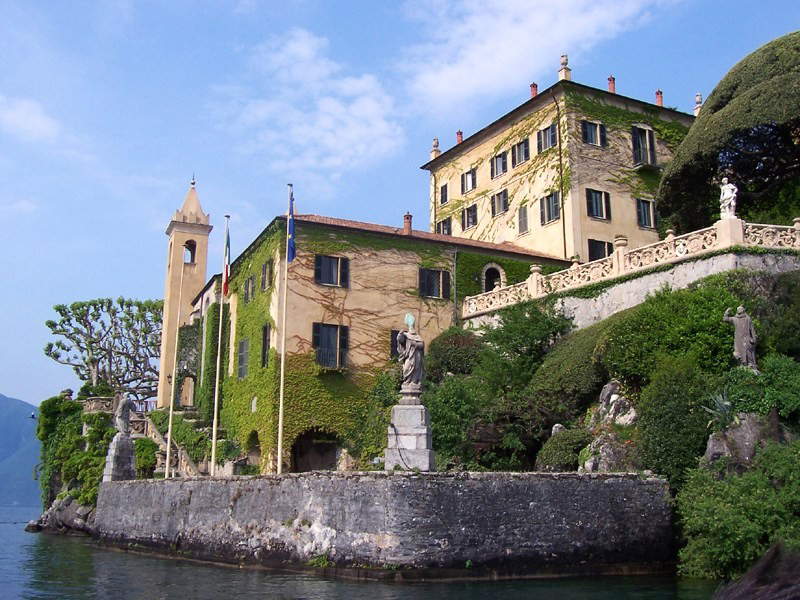
Villa Carlotta, a neoclassical mansion located in Tremezzo, has also woven ties with important personalities such as, for example, Princess Marianne of Prussia, who donated the mansion to her daughter Carlotta in 1850 to celebrate the young woman’s wedding to Duke George II of Saxony-Meiningen. It was the duke himself who renamed the mansion “Carlotta” precisely in honor of his wife, who died prematurely after only four years of marriage. Built in 1690 on a commission from the Marchesi Clerici, Villa Carlotta is surrounded by a magnificent Italian garden, famous for its spring blooms of azaleas and rhododendrons. In 1801 it became the property of the then president of the Government Committee of the Cisalpine Republic, Giovanni Battista Sommariva, who owned a large estate. In fact, he, a passionate lover of art and poetry, acquired a multitude of works including the original plaster model of Antonio Canova’s Tersicore.
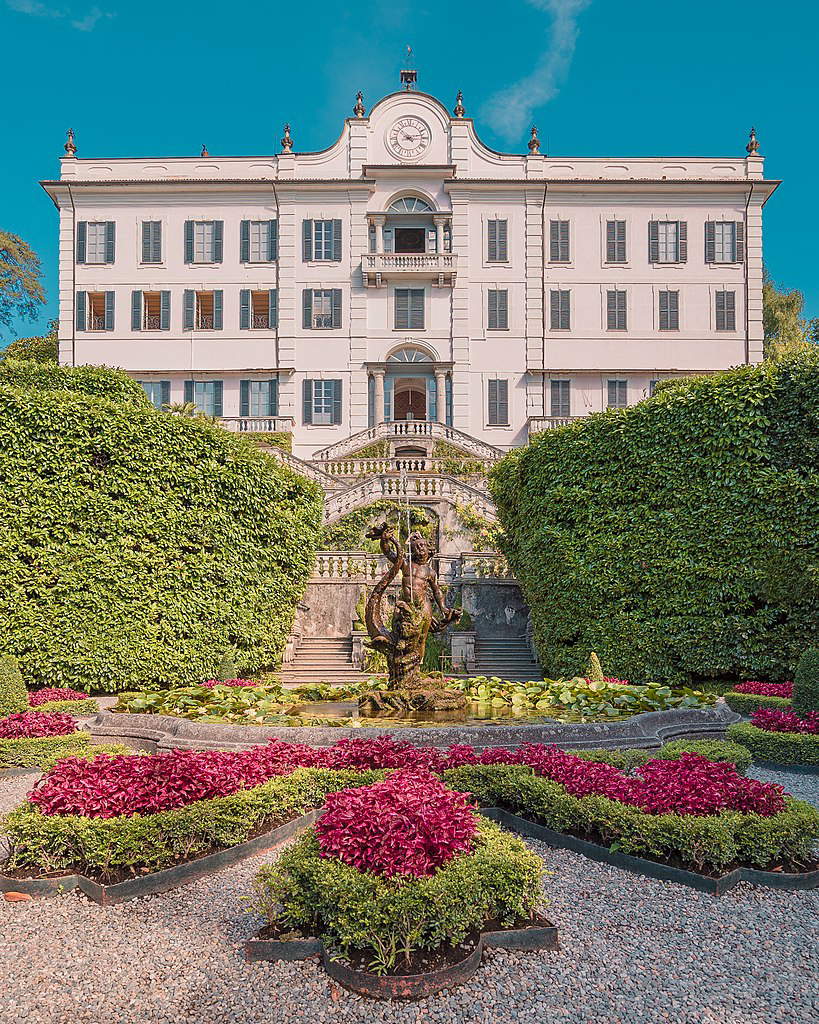
Overlooking the waters of the lake, precisely in Bellagio, is Villa Melzi d’Eril with its 800-meter gardens from the Arab-style kiosk. So spectacular that they have been declared a national monument, inside they hold the villa, the chapel and the orangery, now set up as a museum. The complex was created between 1808 and 1810 by Francesco Melzi d’Eril, duke of Lodi and a leading political figure in the Kingdom of Italy, and designed by architect Giocondo Albertolli as an elegant and understated neoclassical villa, precisely to make the most of the surrounding landscape. Famous artists of the time, such as Andrea Appiani, Giuseppe Bossi, and Antonio Canova, contributed to the decoration and furnishings. Francesco Melzi d’Eril lived here during his political career and later used it as his summer residence until his death in 1816. This place combines the art of distinguished artists and the skill of expert technicians in a unique harmony, praised by authors such as Stendhal in his 1817 book “Rome, Naples, Florence.”
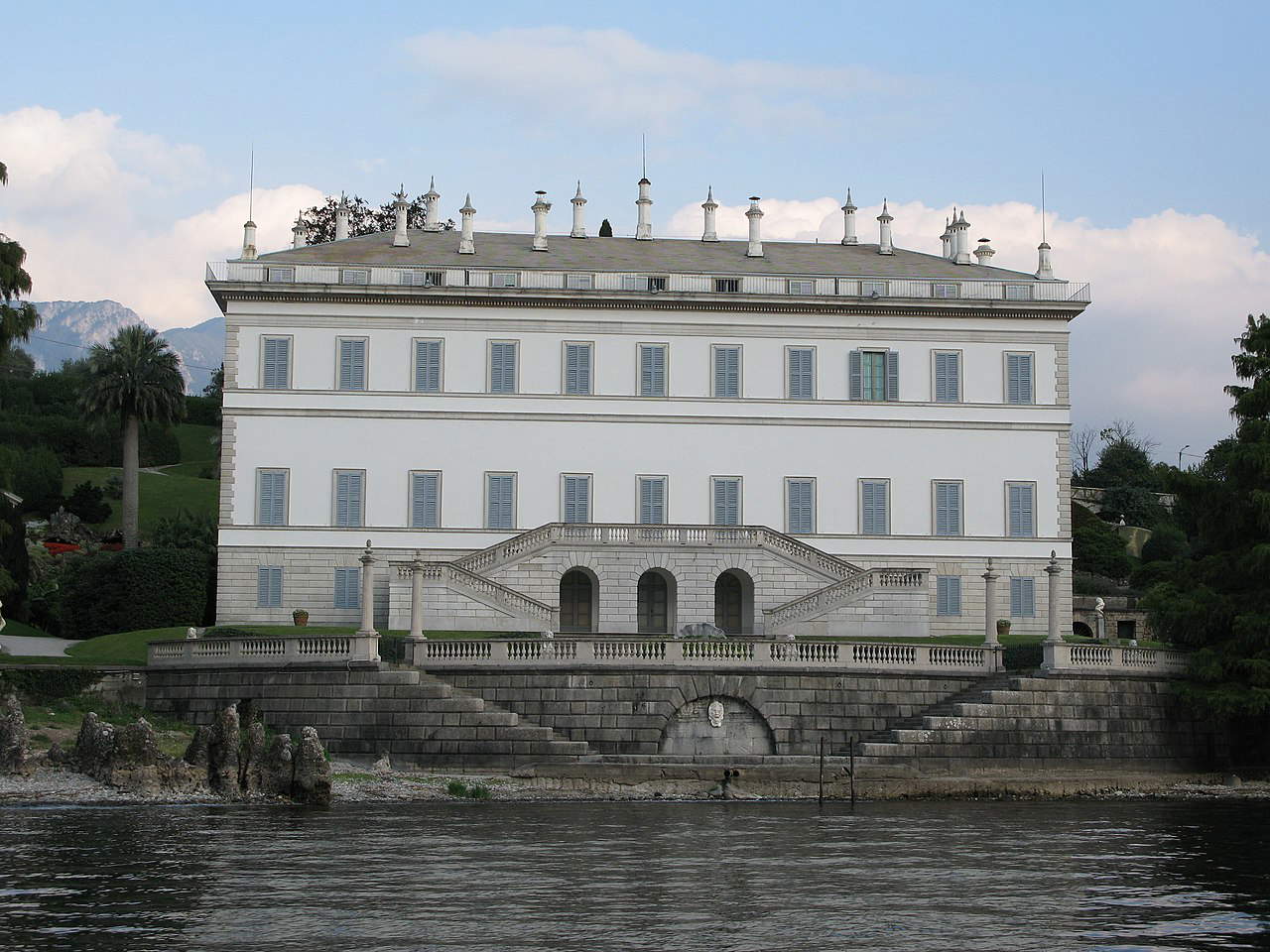
Located in Varenna, as its name suggests, this villa was originally a Cistercian-founded women’s monastery of the late 12th century, later transformed into a museum consisting of 14 rooms, where you can admire antique furniture and works of art. Villa Monastero is surrounded by a charming botanical garden, which offers a spectacle of colors and scents throughout the year. The villa passed from hand to hand through the centuries, from the Valsassinesi Mornico to Carolina Maumari (niece of Alessandro Manzoni’s first wife), finally coming to the Milanese De Marchi family. The 17th-century building, with large windows overlooking Lake Como, forms the nucleus of the house-museum in which are the halls furnished in the late 19th century, each in a distinctive style: the Red Room, which owes its name to the color of the tapestries and furnishings, is in the neo-Rococo style, while the furnishings of the Music Room follow the neo-Baroque. An imposing staircase, adorned with polychrome marble, stucco and colored tiles, connects the ground floor to the second floor, itself becoming one of the palace’s most prized treasures.
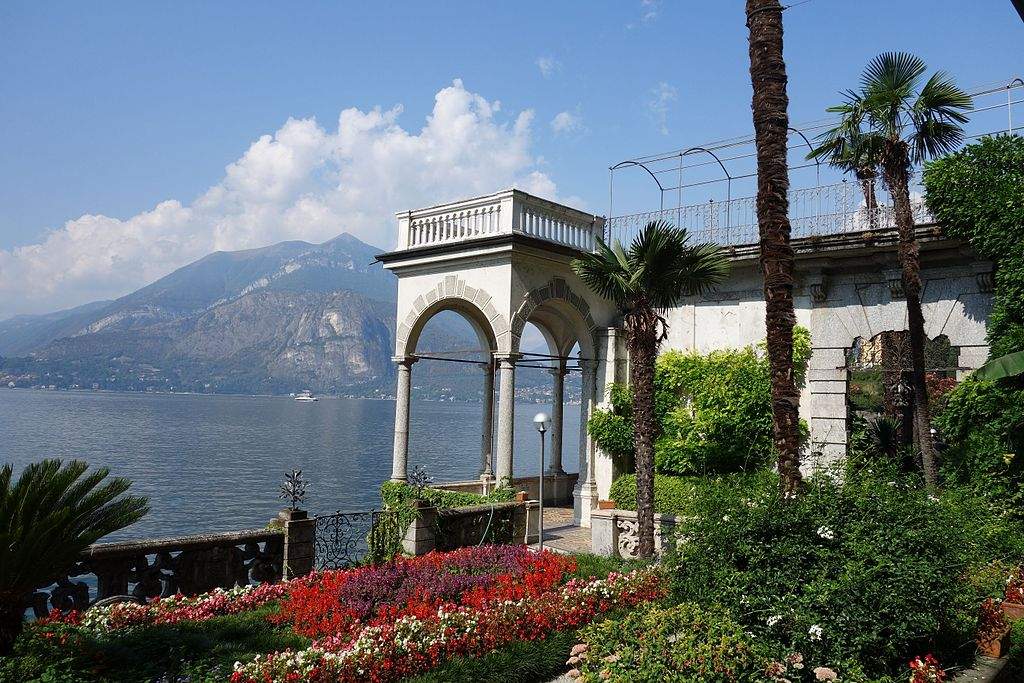
Our list continues with Villa d’Este, a Renaissance villa that occupies a place of honor on the shores of Lake Como, in Cernobbio. This mansion, famous for its refinement and for having been home to princesses, marquises, sultans and czars, has been an elegant five-star resort since 1873, voted the best hotel in the world in 2009. Built in 1568 to be the summer residence of Cardinal Gallio, the villa was designed by Pellegrino Pellegrini, known as “Il Tibaldi,” who immersed it in an immense park complete with century-old plants and elegant structures such as the Pellegrino Pellegrini Nymphaeum, the Fountain of Hercules and the Temple of Telemachus. Wandering aimlessly through the halls of the Villa d’Este, visitors can admire decorations by Andrea Appiani and works from the school of Canova.
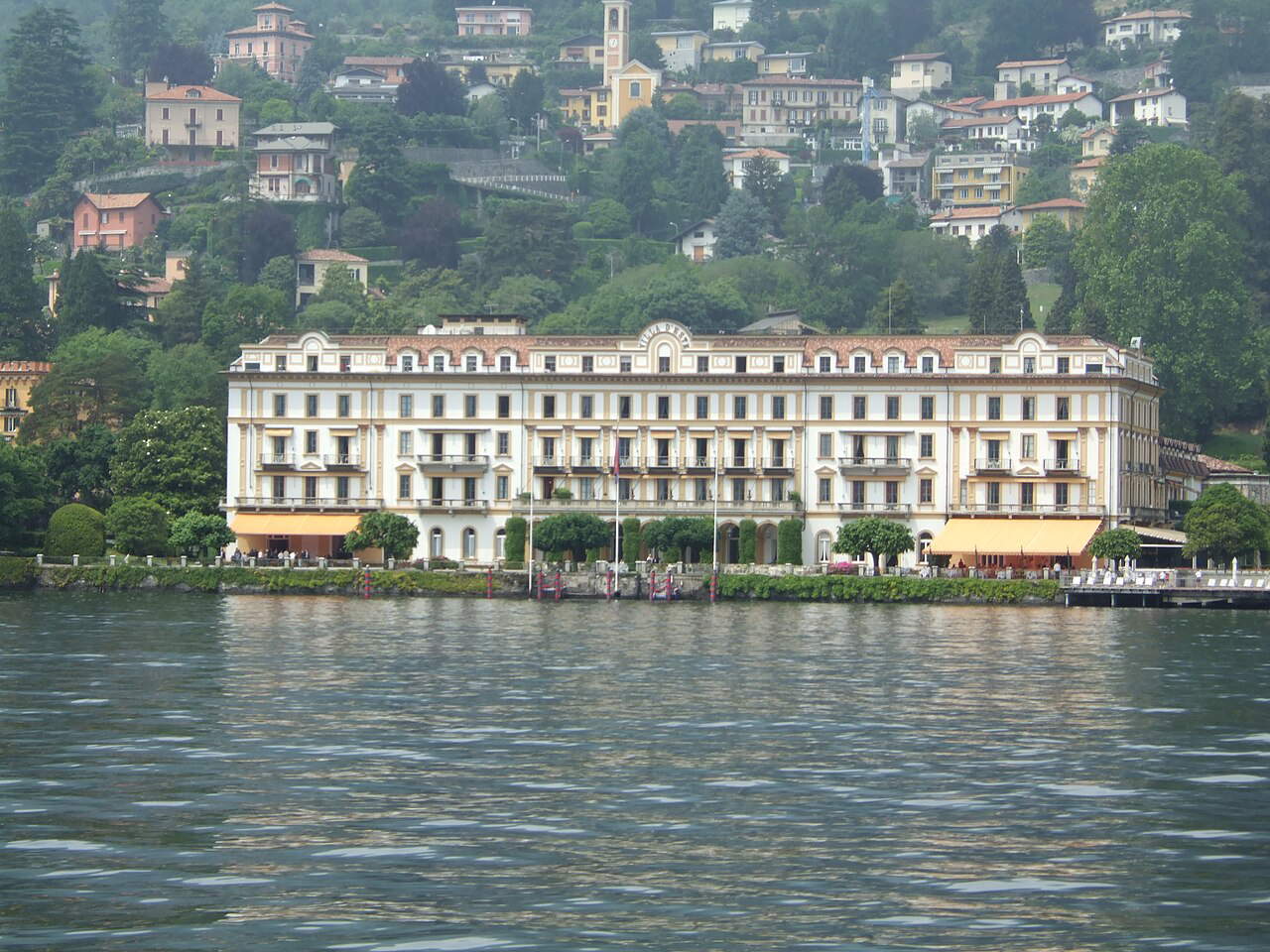
Villa Erba, like Villa Monastero, was also originally a monastery of Benedictine nuns. According to some authors from the period between the fifteenth and sixteenth centuries, the name of the place where Cernobbio stands may derive from “cenobio,” meaning monastery. This hypothesis suggests that the place on the shore of Lake Como took its name from a religious complex built in 966, dedicated to Santa Maria and inhabited by Benedictine nuns, and whose monastery would later give rise to Villa Erba, which was built above it. It was purchased in 1815 by Countess Vittoria Calderara to whom we owe many of the improvements visible today, such as the hall frescoed with the family crest. Over the years it then passed from hand to hand, from family to family, until it came to the Erba dynasty, which, based on a design by the architects Savoldi and Borsani of Milan, acquired a neoclassical style on the outside, while its interior was lined with opulent rooms.
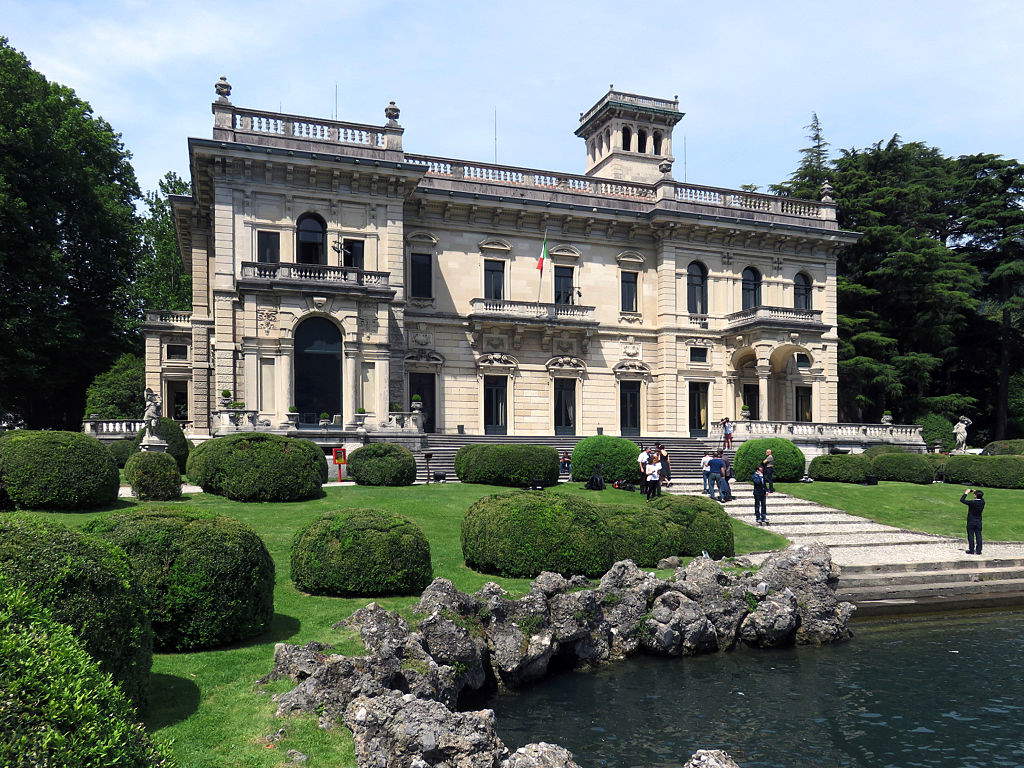
Located in Cernobbio, Villa Bernasconi is one of the rare examples of Art Nouveau architecture on Lake Como. The sinuous forms of the villa blend perfectly with the surrounding garden, creating an idyllic atmosphere, inside which there is a museum that tells the story of this mansion, from its birth to its construction to the present day. In 1876, Cavalier Bernasconi started his industry, later known as Tessiture Bernasconi. Initially it was only a small weaving mill with 40 looms, but grew rapidly by 1906, with 560 looms. The area around the original factory in Cernobbio was expanded, becoming an industrial citadel with houses for workers, employees and a manor house, along with a kindergarten and built a new mansion to represent its success.. Located near the town center and its silk factories, the villa was completed in 1906, coinciding with the Milan World’s Fair and the opening of the Simplon Tunnel.
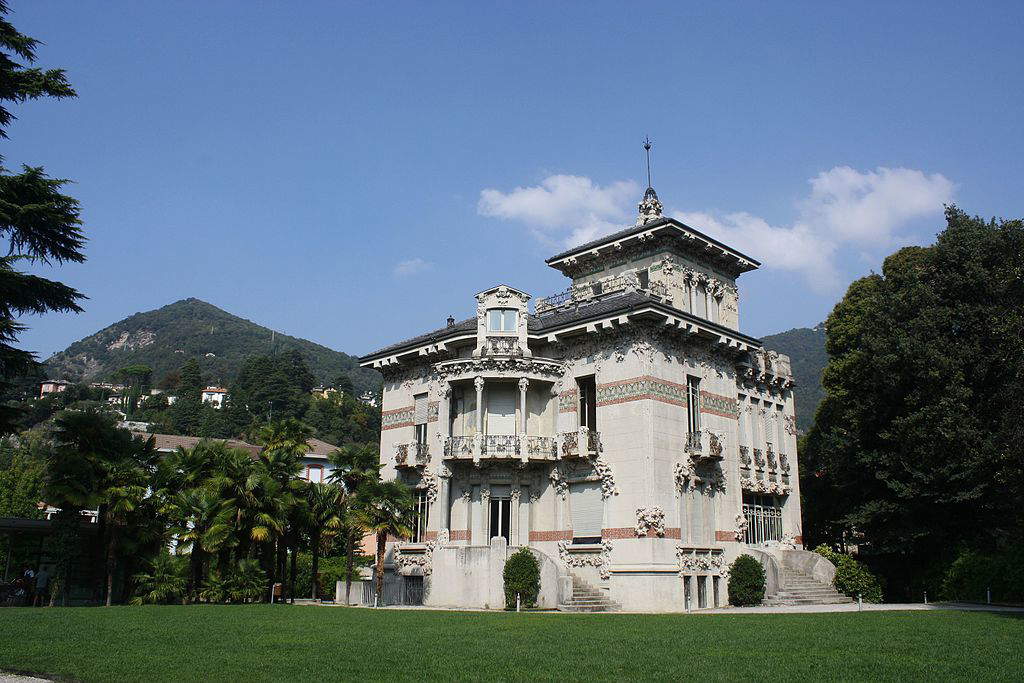
Occupying a privileged position on the crest of a hill in Bellagio, Villa Serbelloni offers a breathtaking panoramic view of Lake Como. According to legend, the very hill on which the villa stands once housed an ancient Roman residence that belonged to Pliny the Younger, who so loved these shores. Later transformed into a castle during the Middle Ages, it was soon abandoned and became a den of thieves and brigands. The villa’s interiors are now adorned with refined salons with ceilings decorated in the style of the 17th and 18th centuries, featuring barrel and coffered vaults, while the surrounding park stretches over much of the Bellagio promontory and features large tracts of dense woodland. The winding avenue leading to the villa is adorned with flowering terraces and flower beds where yews and box trees grow, expertly shaped into geometric forms.
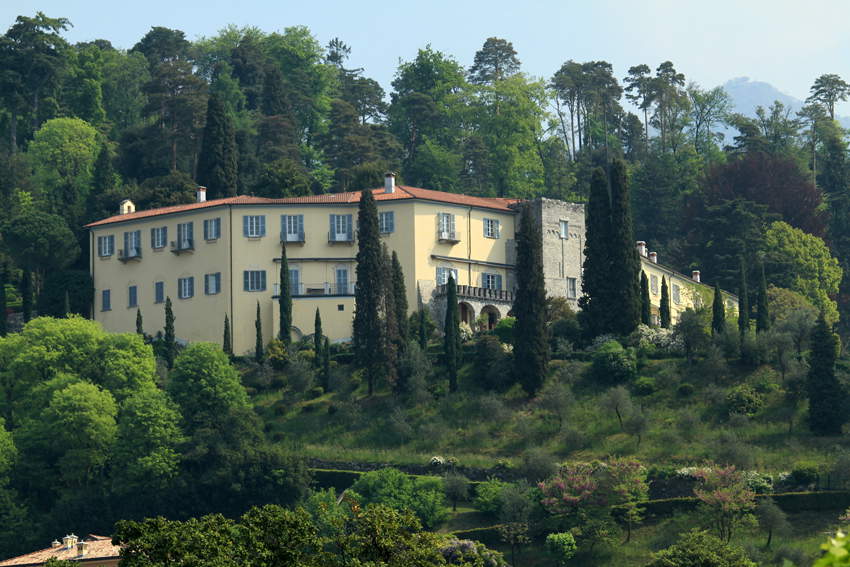
Villa del Grumello, along with Villa Olmo (which we talked about in the 10 places not to miss in Como, so we refer you to that article), is a jewel on Lake Como that holds an important history. Formerly known as Castellazzo, it was founded in the 15th century as a rustico surrounded by vineyards and orchards and then rebuilt in the 16th century by Tommaso d’Adda. Over the centuries, it has gone through various families and restorations, including those of architect Tibaldo Pellegrini and Simone Cantoni, who added side wings to the villa. It has hosted such illustrious figures as Vincenzo Monti, Alessandro Volta and Ugo Foscolo, of whom there is a bust in the garden. One can almost imagine their strolling through the villa’s interiors while admiring 17th-century frescoes and stuccoes with mostly agrarian themes and treading on the wood and marble floors. During the 20th century it was later turned into a retirement home and later into the Ratti silk factories’ office, but it was only in 2006 that the Villa del Grumello Association renovated the building to make it a venue for cultural initiatives and events.
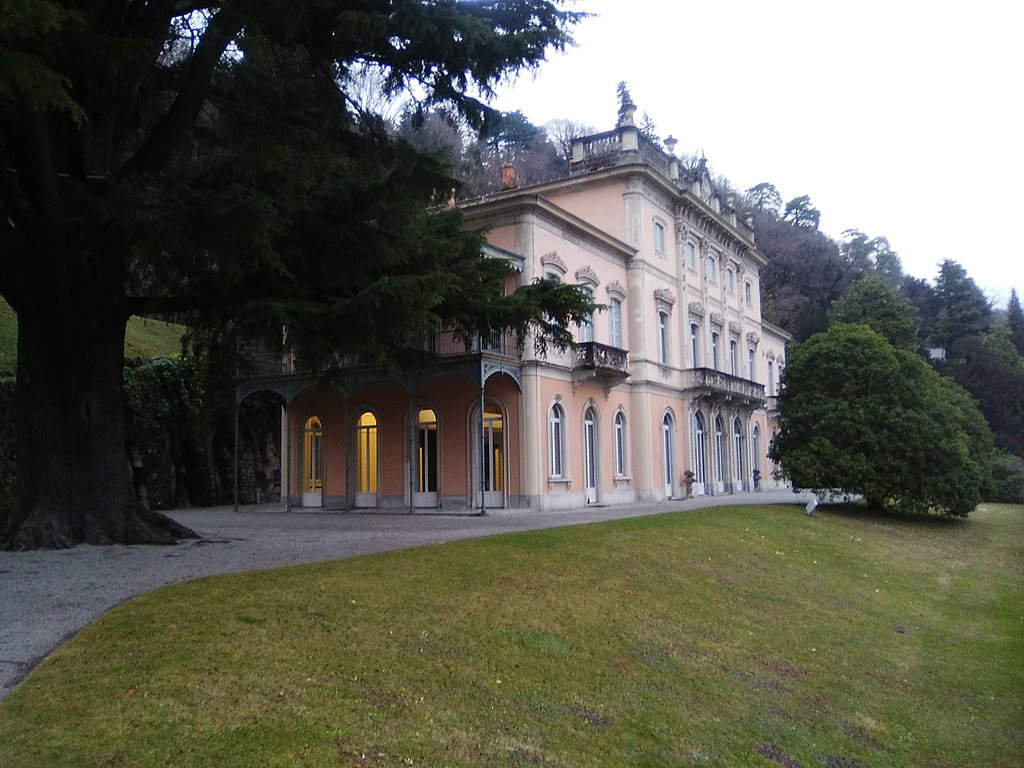
Villa Pizzo, one of Lake Como’s ancient mansions, owes its name to the rocky outcrop on which it stands, as “Piz” in Como dialect means point or ledge. Located between Moltrasio and Cernobbio, the villa and its outbuildings are visible only from the lake, and its grounds were purchased in the 15th century and jealously guarded for more than four centuries, by the Mugiasca family. The family, however, was never reluctant to often invite illustrious figures, and prominent among them was, for example, the scientist Alessandro Volta, of whom they had a monument built just after his death in 1827. Later the property passed to Ranieri d’Asburgo, viceroy of Lombardy-Veneto, who found in Pizzo a space in which to take refuge. Following the Riots of ’48, the villa passed into the hands of Elise Musard, a charming Parisian woman, who embellished the villa and painted it pink: still a distinctive feature of this property today.
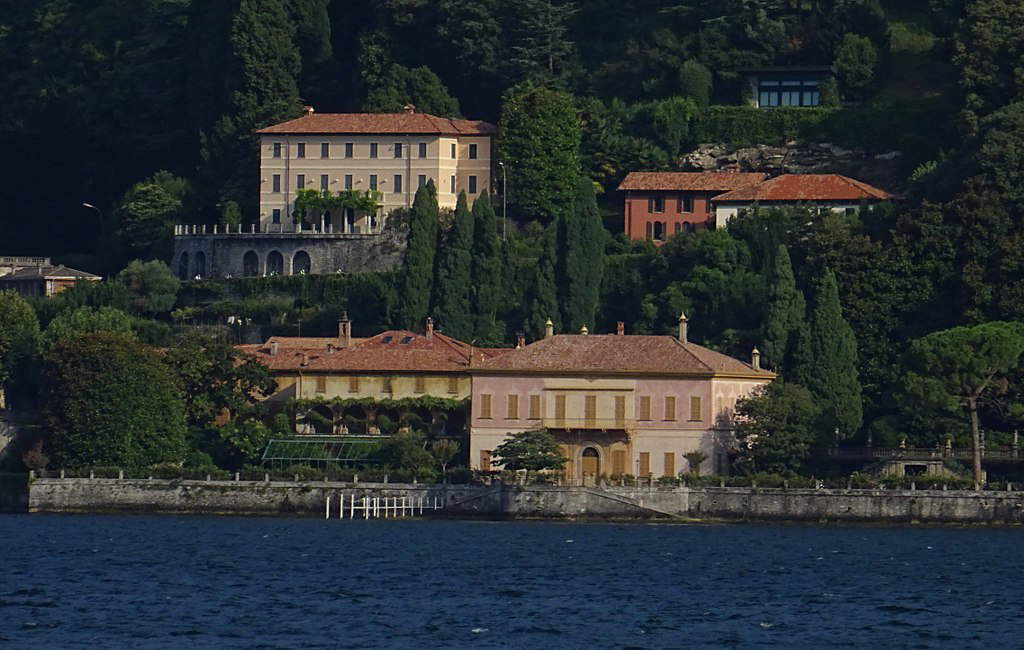
 |
| Villas on Lake Como, which ones to see: the 10 not to miss |
Warning: the translation into English of the original Italian article was created using automatic tools. We undertake to review all articles, but we do not guarantee the total absence of inaccuracies in the translation due to the program. You can find the original by clicking on the ITA button. If you find any mistake,please contact us.